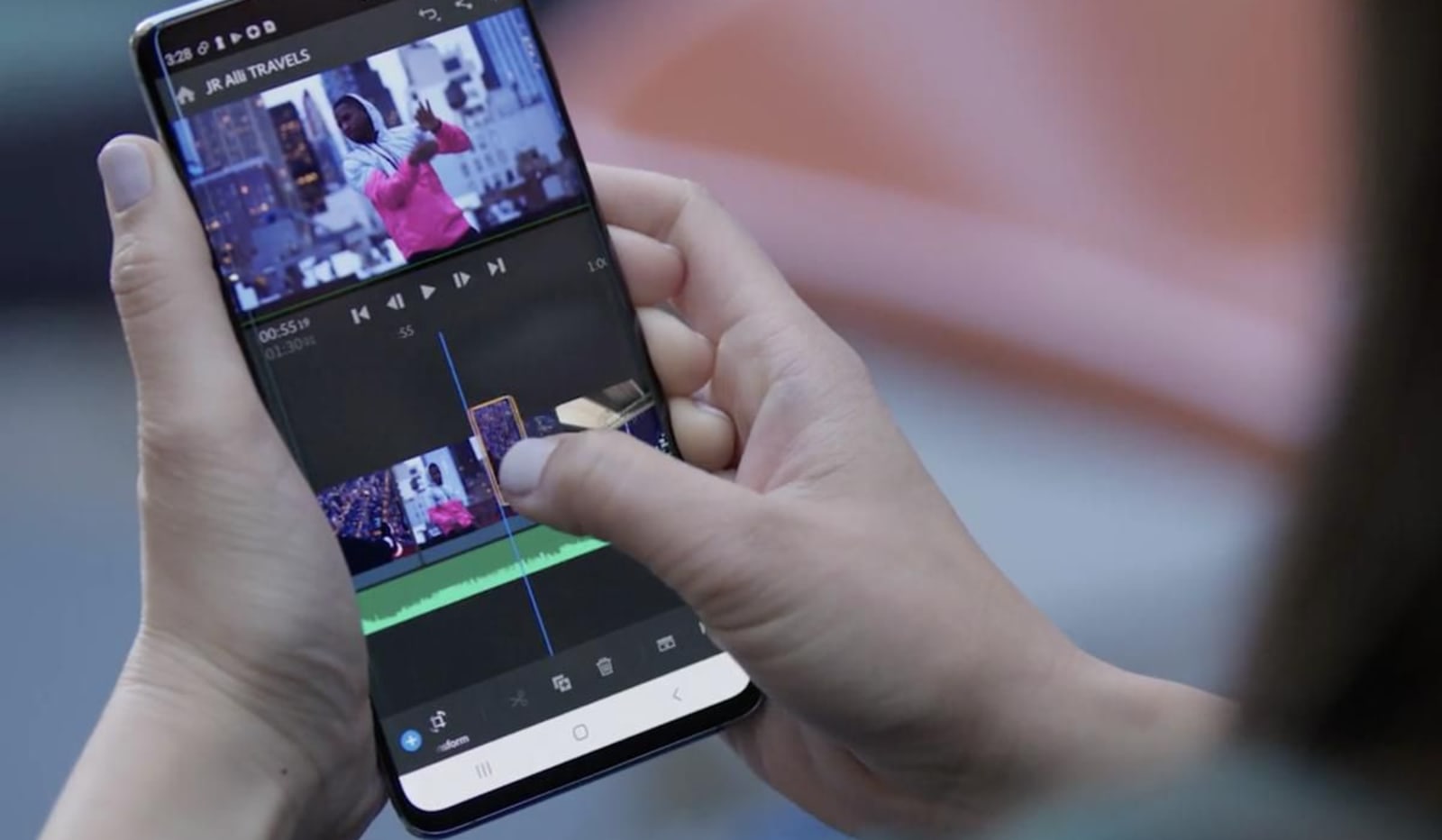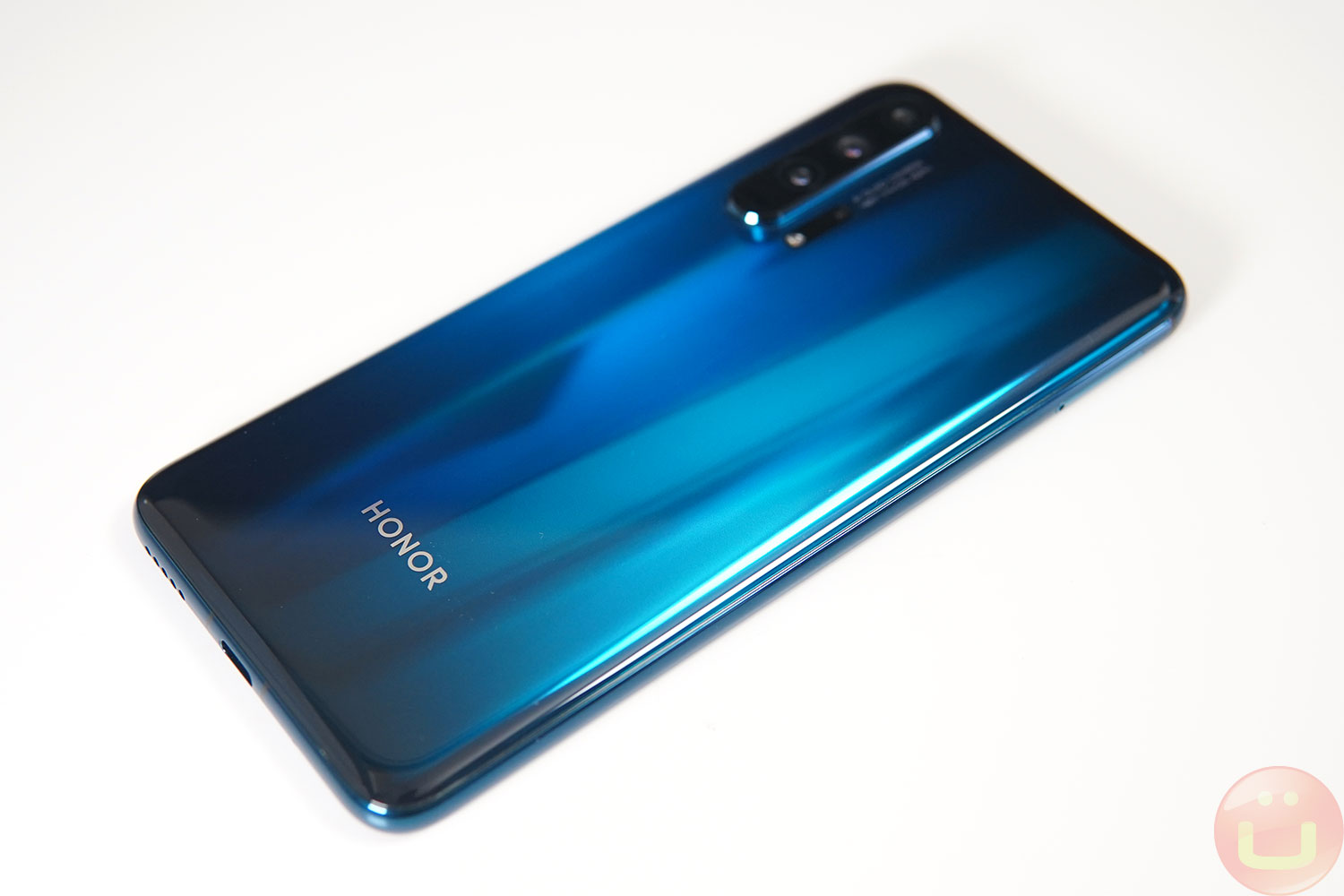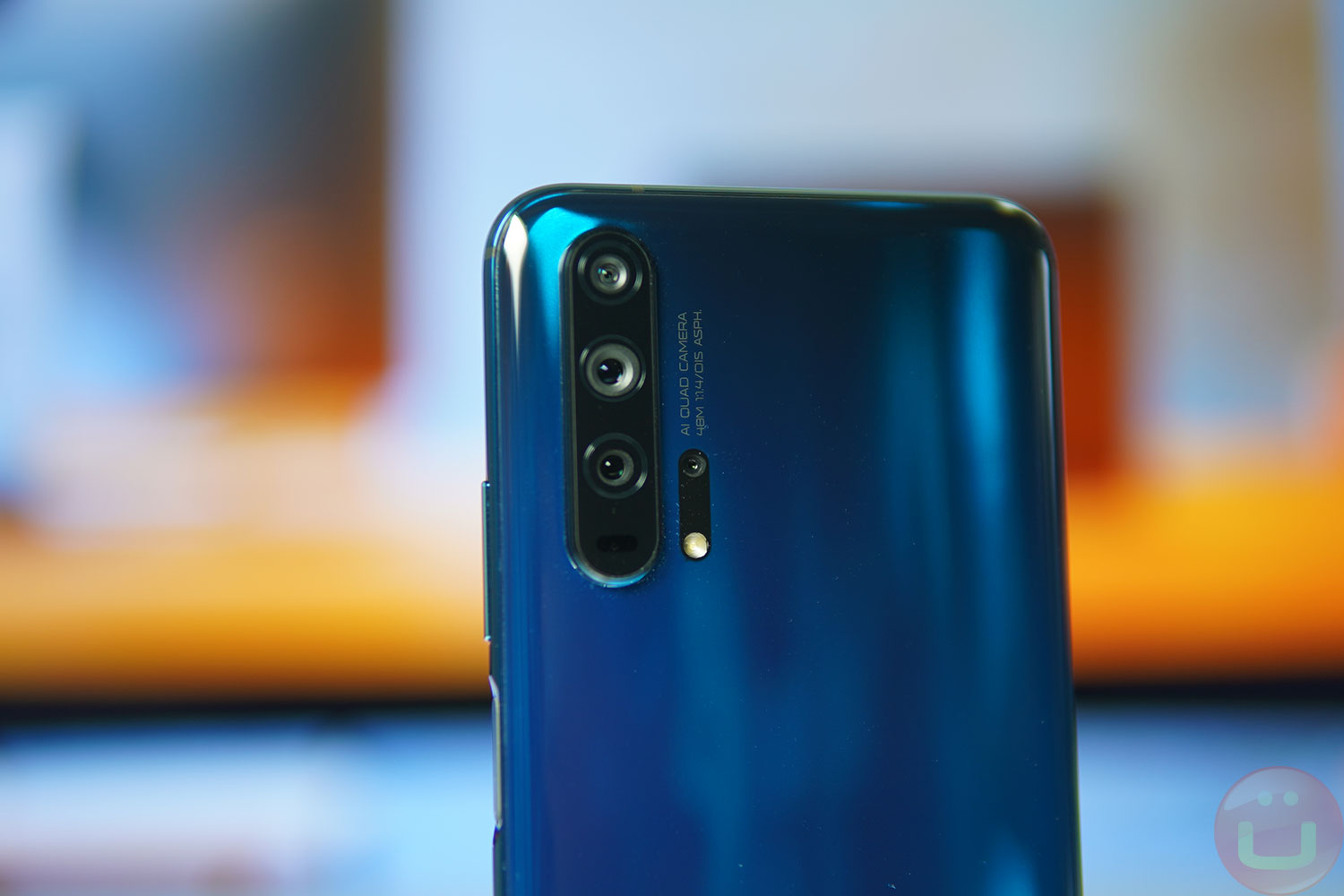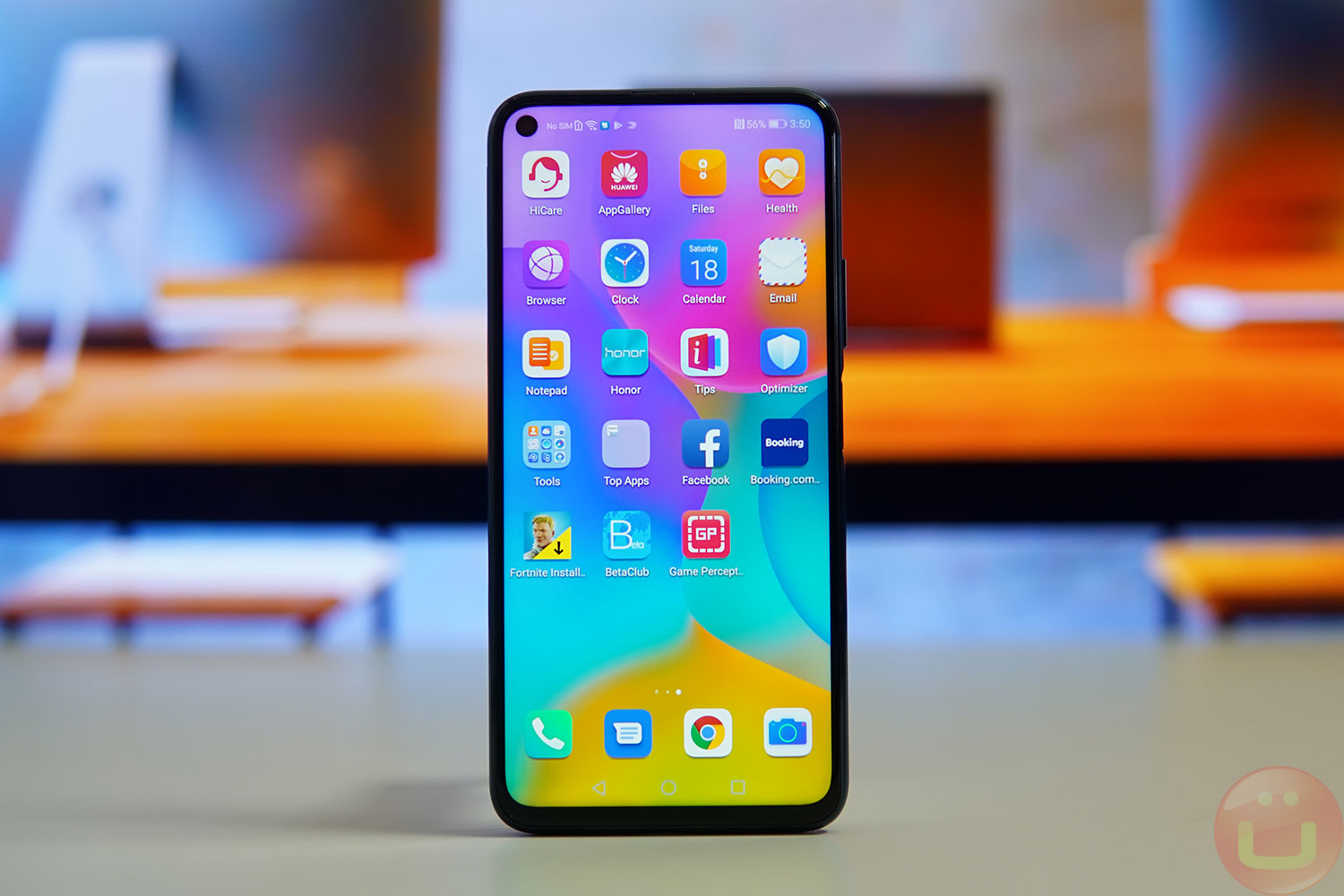The actress later wrote, “It’s all good!’ and gave a thumbs-up on Instagram.



Ever the pragmatist, my grandma always told me that a “third-class ride was better than a first-class walk.” That may not be the case when it comes to dirt-cheap smartphones, which can be so bad that you almost prefer no phone at all. Compa…

Researchers say 'spidey senses' could help self-driving vehicles avoid hazards
Posted in: Today's Chili
The third generation of Google Glass has arrived with Glass Enterprise Edition 2. This version largely sticks to the familiar formula that you know on the outside, but we can expect it to be different inside, and more powerful in both hardware and software. Since it’s “built on Android” it will be easier for developers to write apps for it, and you can also enroll it in Android’s enterprise device management to help IT maintain control. There are also some very welcomed changes on the inside though.
The new version runs on Qualcomm’s Snapdragon XR1 processor. That means much faster performance and power savings for longer battery life. Which is very helpful when you need to wear Glass for hours on the job. There is also improved camera quality for video streaming and such. It also has a USB-C port for faster charging which is a good addition.
Keep in mind that this version is for work use, and not really for the rest of us. You won’t see them on the street, but you may see them in warehouses, shipping centers and other work environments. It may also attract more corporate customers who want augmented reality eyewear without buying something as cumbersome as Microsoft’s HoloLens 2. Companies interested in the Glass Enterprise Edition 2 can inquire here.
[via Engadget]
 At an event in London, Honor just launched two new Android smartphones aimed at the “Premium” market ($450-$600), the Honor 20 Pro and Honor 20 handsets. The brand has been doing very well in that market for the past 2-3 years, taking share away from competitors.
At an event in London, Honor just launched two new Android smartphones aimed at the “Premium” market ($450-$600), the Honor 20 Pro and Honor 20 handsets. The brand has been doing very well in that market for the past 2-3 years, taking share away from competitors.
The Honor 20 Pro and Honor 20 handset complement a more affordable offering in the Honor 20 Lite launched earlier. If you are not familiar with Honor products, the differences between “Lite,” “normal” and “Pro” are very substantial, so look beyond the family name, and into more details.
Industrial Design

From a distance, the Honor 20 and Honor 20 Pro look very similar, with a 6.26” display and thin bezels, achieving a 91.7% display to body ratio, according to Honor.
Both handsets have a side-mounted fingerprint sensor, which is fast and more affordable than in-screen ones, and both phones use a back cover with a special surface and color treatment that Honor calls Dynamic Holographic Design.
This particular way of manufacturing glass back covers creates a beautiful iridescent surface that seems to have some depth in it, thanks to an optical illusion. Honor had pioneered a micro-etching technique with the Honor View 20 but kept exploring new ways to build fun designs.
Cameras

Photography is where the biggest differences lie between the two handsets, and that’s not surprising since the camera sub-system is one of the most expensive parts of any smartphone. It is also the single most important feature for a whole lot of consumers. That’s why we have created the Camera IQ benchmark to rank the best smartphone cameras.
Honor 20 Pro
- 27mm, f/1.4, 48MP (12 in auto-mode) IMX586 sensor with Pixel Binning and OIS
- Phase detection AF, and laser-assisted AF
- 16mm, f/2.2 16MP ultrawide-angle
- 80mm, f/2.4 8MP, OIS zoom camera
- Phase detection AF, and laser-assisted AF
- 2MP, f/2.4 Macro camera (~4m macro photography)
- Selfie
- 32MP, f/2.0
Honor 20
- 27mm, f/1.8, 48MP (12 in auto-mode) IMX586 sensor with Pixel Binning (no OIS)
- 16mm, f/2.2, 16MP ultrawide angle
- (no telephoto lens)
- 2MP, f/2.4 Macro camera (~4m macro photography)
- 2MP, f/2.4 RGB Depth camera
- Selfie
- 32MP, f/2.0
There are plenty of differences between these two camera systems, and here’s what caught our attention:
Primary camera: both primary cameras use the same 48 Megapixel Quad-Bayer sensor, but the Honor 20 Pro has Optical Image Stabilization (OIS) along with a laser-assisted AF. Note that the official specs don’t mention a Phase Detection Auto-Focus (PDAF) for the Honor 20 (non-pro), but since it’s integrated into the sensor, we assume that PDAF is available to both.
Zoom camera: the Honor 20 does not have a telephoto (zoom) lens, but only an ultrawide module instead. It’s smart to reduce costs because ultrawide is generally much more used than zoom. The Honor 20 Pro has an 80mm telephoto camera that is very similar to the Huawei P30 and Mate 20 Pro on paper.
Macro camera: it’s a bit of a novelty, but Honor is trying something new with a macro camera, in case you want to capture photos from up close (~4+cm). The resolution isn’t ground-breaking, but for a first attempt, it’s enough to test the concept.
We’ll report back on the user experience later, but if the idea becomes popular, Honor can add better and better hardware over time.
Depth camera: the Honor 20 has a dedicated depth camera which is used only for Bokeh (background blur) purposes. While it may seem odd that the Honor 20 Pro does not have one, the reality is that Honor 20 Pro can use the ultrawide, or telephoto camera to fulfill this purpose with higher quality.
On paper, the Honor 20 series camera setup is impressive, especially at this price point. If the overall specifications seem familiar, it’s because they look very much like the Huawei Mate 20 Pro or Huawei P30 (non-pro).
“THE HONOR 20 SERIES CAMERA SETUP IS IMPRESSIVE”
Given that Honor is a subsidiary of Huawei and that some significant amount of technology is shared, it seems very likely that the Honor 20 Pro could achieve camera performance parity with P30, at an even lower price point.
The differences between Honor 20 and Honor 20 Pro are substantial: the Honor 20 does not have a telephoto lens, which is a tactic found on the Galaxy S10e and LG G8 phones as well. More importantly, the primary camera of the Honor 20 has an f/1.8 aperture without OIS, while the “pro” version gets a world’s first f/1.4 aperture with OIS.
Display

The 6.26’’ “all-view” display is identical on both Honor 20 and Honor 20 Pro handsets, with a resolution of 2340×1080 and 16.7M of colors. The pixel density is 412 PPI, which is very good, even though it’s lower than the 550 PPI that high-end handsets may feature.
A 4.5mm selfie punch-hole hosts the selfie camera, and this is using the same LCD technology introduced with the Honor View 20 in December 2018. A 4.5mm diameter is still the smallest selfie punch-hole of any LCD screen on the market.
As it is often the case for Premium handsets, we don’t expect it to beat brightness or black-levels records, but these displays are built and tuned to satisfy the overwhelming majority of users, without breaking the bank.
Performance
Honor 20 and Honor 20 Pro are both powered by the same Kirin 980 processor, which we know very well from our previous reviews of the Mate 20 Pro or P30 Pro. It is a flagship-level processor, and although not the absolute best, it is the second best option behind the Qualcomm Snapdragon 855 that is typically found on the most expensive Android phones.
The Honor 20 should do really well in its price segment because competitors are likely to be using massively inferior processors to save on costs. The Honor 20 could prove to be an amazing gaming phone for the price.
“HONOR 20 COULD PROVE TO BE AN AMAZING GAMING PHONE FOR THE PRICE”
We expect benchmarks to show similar synthetic performance to the Huawei P30 and P30 Pro although utilization of slower RAM modules could affect the performance, so we’ll know for sure soon.
The Honor 20 has 6GB of RAM, while the Honor 20 Pro has 8GB and that’s the only difference visible from the specs sheet when it comes to system performance.
Conclusion
 The Honor 20 series upholds the legacy of last year’s Honor 10 series and introduces camera features such as the f/1.4 camera aperture, that even high-end phones don’t today.
The Honor 20 series upholds the legacy of last year’s Honor 10 series and introduces camera features such as the f/1.4 camera aperture, that even high-end phones don’t today.
Instead of “just” re-purposing technologies introduced (at twice the price) in high-end Huawei phones into a lower tier, Honor genuinely wants to push the envelope even further.
Last year, Honor 10 was launched with advanced A.I photography features, but this year the hardware is the star of the show, so keep an eye out for the Honor 20 series Camera IQ score (Image Quality).
The official European pricing is 599 Euros (Honor 20 Pro) and 499 Euros (Honor 20). Expect to find them online for about the same numerical dollar price. That’s usually how prices translate into the US online market.
Honor 20 Pro and Honor 20 Just Launched in London , original content from Ubergizmo. Read our Copyrights and terms of use.
Flagship smartphones will always sell, but it’s hard to argue that the real excitement in mobile right now isn’t in more affordable phones like the new Honor 20 Pro. Like the Google Pixel 3a and the Samsung Galaxy S10e, the latest device from Huawei’s millennially-obsessed brand for Android fans with a tighter budget promises to cherry-pick the components and capabilities … Continue reading




















